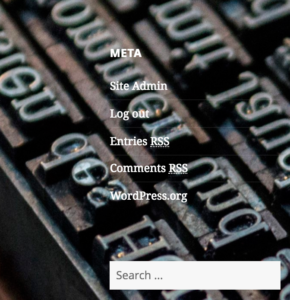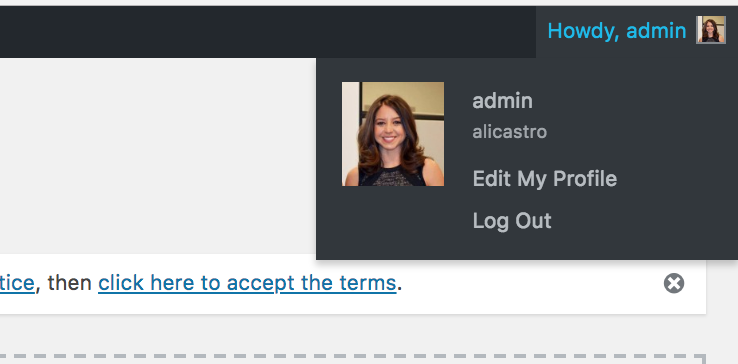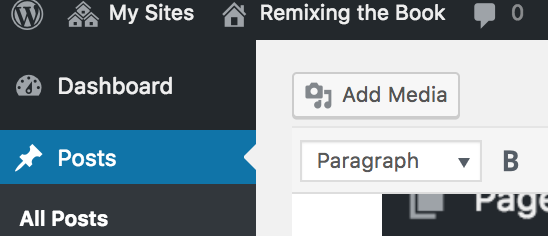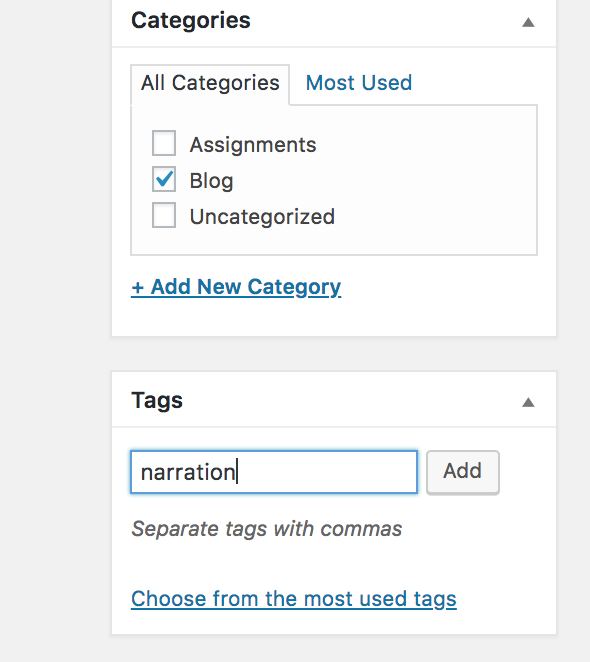Category: Assignments
Final
Final Assignment
Together we have explored the history of media through theory and practice. For this assignment you will engage in “reflective design,” defined by Hancock et al as “promot[ing] critical inquiry over usability and exploratory prototyping over fully realized productions.” You can do this by beginning with the current state of publishing and then projecting potential solutions – or perhaps evolutions – of these tools to enhance the reading experience in the future. We are specifically concentrating on the tools of publishing for this project, since this course has focused on media we use to communicate. Essentially, it is your job to imagine the future of the book. However, these are meant to be visions of the future – featuring a balance of imagination and practicality
This project will be broken into parts:
Stage 1: The Pitch
- Create a proposal for your “design fiction” project ( 450-500 words, 3-5min presentation)
- Introduce the product and explain its purpose – this is the time to dream big!
- Explain what need this product will fill that is not met by currently available technology and how it builds on current technology(ies)
- Prove this item has a customer base, and be specific about your target audience
- Imagine the process and materials it would take to manufacture and distribute this product – even if these do not exist yet
- Provide evidence of preliminary research – especially evidence that this product does not currently exist already (Use MLA citation formatting for in-text citations and works cited entries)
- Present this idea is a “Shark Tank” style pitch in under 5 minutes
Stage 2: Annotated Bibliographies
- Using our course site, you will build a research base for this project
- Each person must contribute at least 3 resources using the category “blog” and tag “bibliography”
- Each source must include a correctly formatted MLA citation
- Each source must be summarized and evaluated in two full paragraphs
Stage 3: Final Proposal
- Create a dossier for your proposal. This should serve as the complete representation of your product. Create a 5-7 page description that features your research (properly cited in MLA format) and connections to what you have learned in this course.
- You paper should include the following:
- Purpose
- Audience
- Technical specifications (what products are you modeling this on, how will the user interface with the product, and include a mock-up/prototype)
- Implementation plan (advertising/marketing/long term vision)
- Include some kind of prototype or mock-up of your tool. Use multimedia to your advantage!
- Include a full works-cited page for all materials used (including media)
- Post this using category “blog” and tag “final”
Additional Notes:
Each student must meet with me in pre-scheduled conferences. I am also available to consult with you on your individual product pitches during office hours. This description is subject to change after we discuss your ideas.
Annotated Bibliography
Annotated Bibliography Worksheet
The purpose of an annotation is to summarize and evaluate a potential source for your research paper. Using the 3 sources you prepared for your project, compose an annotation that answers the following questions in at least one to two paragraphs:
1) Who is the author, what is their authority or background?
2) What is the author’s thesis? What are the author’s main claims?
3) Who is the author’s intended audience?
4) Is there any bias or slant in the article?
5) What are the strengths and weaknesses of the article?
6) Does the information in this article support or counter the thesis of your research paper?
7) How relevant is this material in terms of your paper?
Grading rubric:
| Citation | Annotation | Total | |
| 1 | /2 | /3 | |
| 2 | /2 | /3 | |
| 3 | /2 | /3 | |
| Total | /15 |
Timeline of Publishing
Together as a class you will create an interactive timeline of publishing invention and innovation. Each of you will be responsible for adding 2 items to the timeline. Here are some examples to choose from, but you may suggest others:
The Greek alphabet
Rosetta Stone
Library of Alexandria
The monastic scriptoria
Stationers
Quartos
Chinese Woodblock Printing
Gutenberg Press
Platen, flat-bed & rotary style printing presses
Zine Culture
OCR
Email
GNU Operating System
Apple II
MOSAIC
ARPANET
American Online (AOL)
Hypertext
Blogs
Once you have selected your inventions, you will compose a timeline entry that includes:
- A date range and title.
- A thorough description, with MLA citations, that provides the history, impact, and context for this item. This should be between 300 and 500 words.
- An image, video, or map that best represents this item. You must have citation information for each item, and they all must be free to use or share.
Here is our spreadsheet: https://docs.google.com/spreadsheets/d/1C4GPoW7NjVvPy-WZo5pAOmBA_PBQCFN__Z7UapBdVXc/edit?usp=sharing
Note: Don’t change the column headers, don’t remove any columns, and don’t leave any blank rows in your spreadsheet.
Here are guidelines: https://timeline.knightlab.com/docs/using-spreadsheets.html
Here is an example: https://timeline.knightlab.com/examples/user-interface/index.html
You will post extended drafts (between 700-800 words), with media, for each entry by 3/18 on our course site. These posts should present a critical analysis of each tool, including a clear thesis relating to the cultural impact of your tool. You need to site at least three sources, including primary and secondary sources, and a total of six (three for each tool) of your sources should be annotated in the bibliography. Use tag “timeline” and category “blog.”
This is worth 30 points = 20% of your grade. You will present your entries at the HaSS Showcase.
WordPress Tips
- Click “Log In” on left side
 Username = Stevenson username (email)
Username = Stevenson username (email)
- Click on profile and change your password

- Go to “Post” – “Add New”

- Add media
Don’t forget to use Advanced Google Image search for “free to use or share”

- Add your categories and tags

- Publish